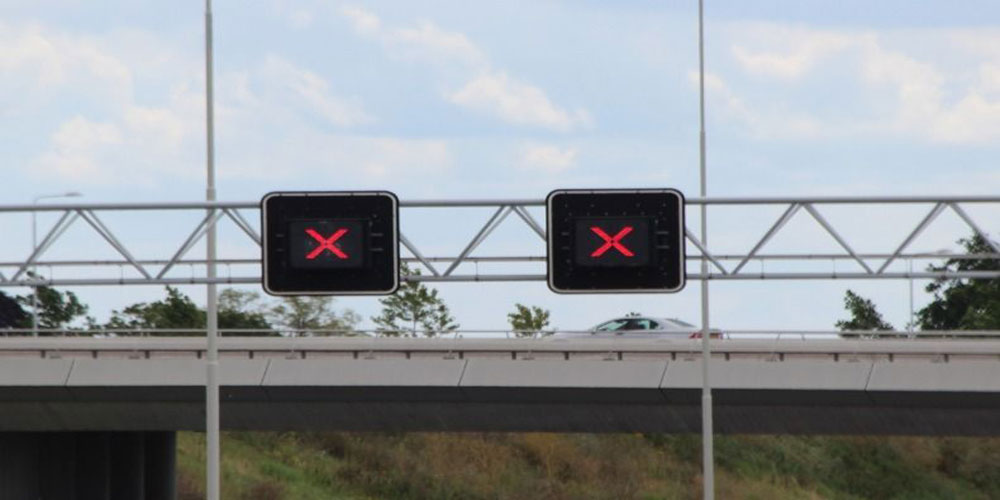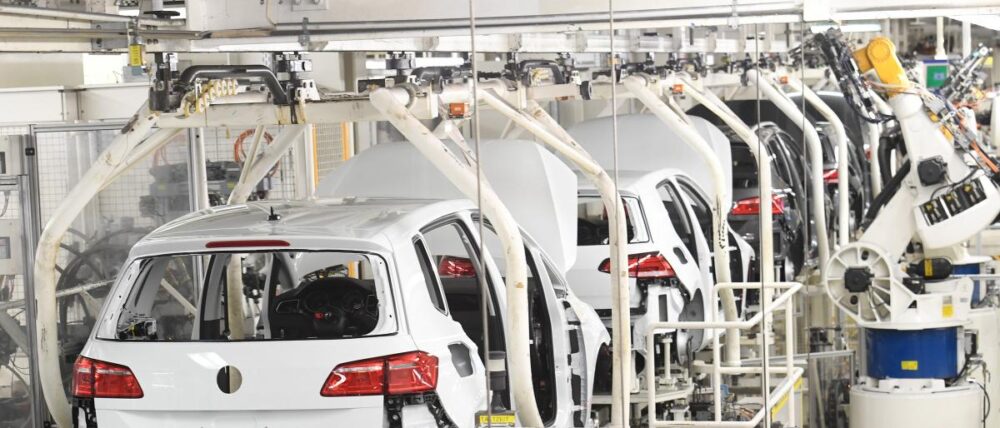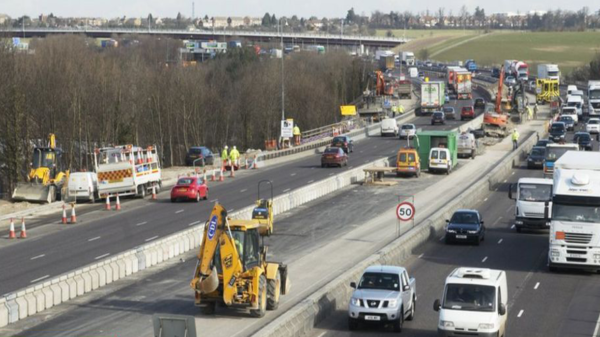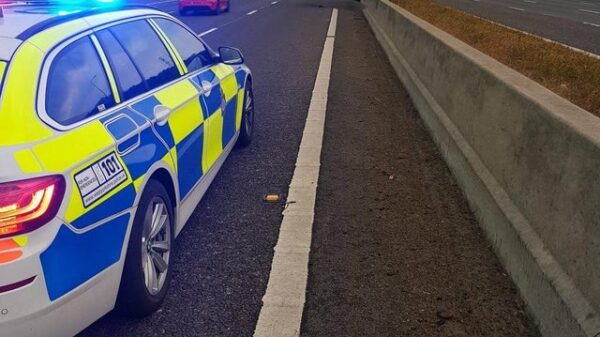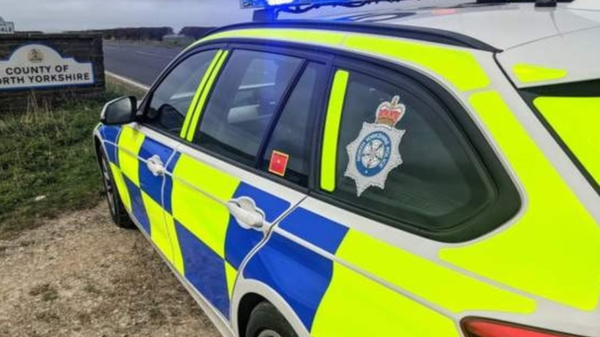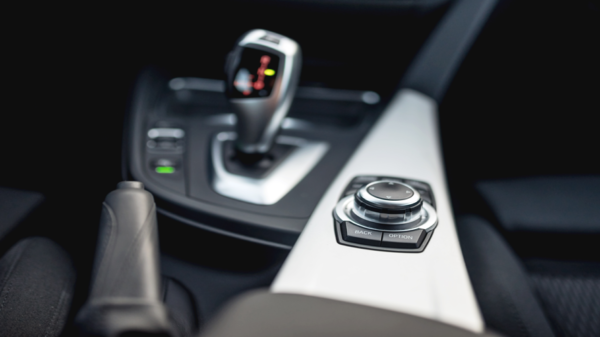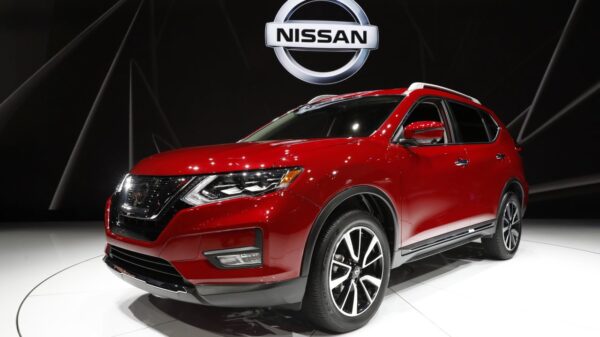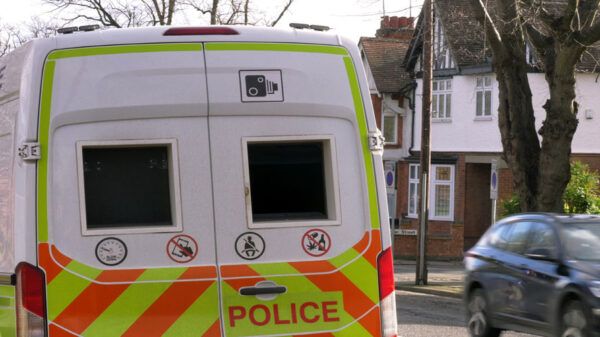Since 2021, more than 53,000 drivers have been caught by police enforcement cameras ignoring the Red X signs in smart motorways across the UK. The electronic sign indicates that a lane is closed, and drivers should not use it. Drivers are encouraged to use the other open lanes, often at a reduced speed.
It is usually active when an accident or obstruction to the road has occurred. They might also be used by emergency services to get to an incident quicker.
Data analysed by road safety charity IAM RoadSmart highlighted that in 2021, 4,393 drivers were caught disobeying the rules by nine police forces. A further 20,773 motorists were caught on camera in 2022 by 11 forces.
This increased to 28,231 last year from data captured from 21 forces using the enforcement cameras on smart motorways.
According to IAM RoadSmart, almost all police forces with smart motorways within their boundary areas are now actively pursuing this type of criminality.
Driving in a lane with a Red X can result in a fixed penalty notice that carries a fine of up to £100 and three points on a licence. In some cases, a more serious punishment may be issued.
Following the release of the data, IAM RoadSmart Director of Policy and Standards, Nicholas Lyes said: “Ignoring a Red X sign on a smart motorway is dangerous because it risks a serious collision and for this reason, we welcome police forces clamping down on those who break the law.
“If a lane is closed on smart motorway, it usually indicates there is either a stranded vehicle ahead, people are working in the road, or there has been a collision. Disobeying the sign puts the lives of those in the vehicle as well as those ahead in danger. If you see a Red X sign, you should slow down and move into an open lane when there is sufficient space to do so.”
“The majority of drivers have serious reservations about the safety of smart motorways where the hard shoulder has been removed, and these figures are unlikely to persuade them they are safe. We know that no new all-lane running smart motorways will be built but it does beg the question of what we do with the existing stretches that are in operation? This is something the new government needs to give some serious thought to.”
RAC road safety spokesperson Rod Dennis said: “These figures sadly underline the fragility of one of the systems designed to keep stricken drivers safe on smart motorways.
“The safety of any driver who is unlucky enough to stop on a smart motorway depends entirely on other people seeing the red-X sign and moving to another lane. It’s therefore terrifying to think that so many people have either ignored them or failed to spot them in the first place.
“The latter is all the more likely given the fact that on all-lane-running stretches of motorway, where the hard shoulder has been removed completely, it’s largely roadside signs that communicate which lanes are closed which are harder for drivers to read than gantries that span the carriageway and have signs over each lane.
“It’s for this, and other reasons, that we’ve called on the new Government to convert all-lane running stretches of smart motorway to either controlled motorways – with hard shoulders permanently restored – or to dynamic hard shoulder schemes, where a hard shoulder is in place for much of the day and night, and only opened to traffic at the busiest times of day.”


